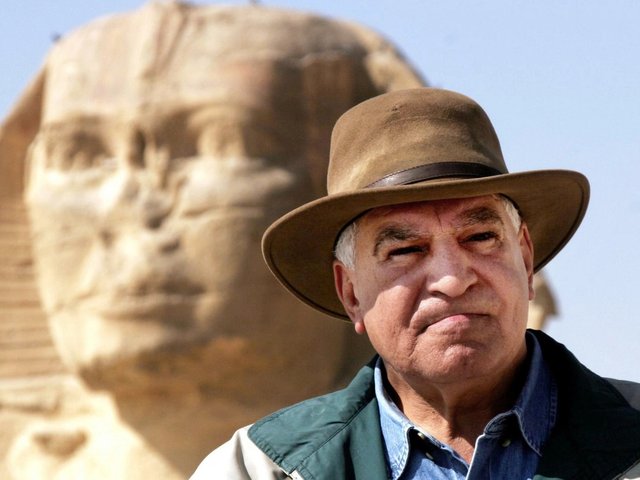As the news broke in March that recent radar scans had revealed two hidden chambers in the tomb of Tutankhamun, conservators from the Los Angeles-based Getty Conservation Institute (GCI), working with staff from Egypt’s Supreme Council of Antiquities (SCA), had just finished a five-and-a-half-week campaign to stabilise the tomb’s 3,500-year-old wall paintings. The Getty project is part of a long-term initiative that aims to serve as a model for future conservation projects in Egypt.
Stabilisation work included securing loose paint layers with special conservation-grade adhesive and addressing non-original coatings and drips from earlier interventions that obscure the paintings. “As part of the current treatment, these materials are being reduced as they may contribute to the deterioration of the paintings, and also in order to improve their overall appearance,” says Lorinda Wong, an associate project specialist in the Getty Conservation Institute’s Field Projects department. Brushes, airbrushes and wet-cleaning methods were used to remove a heavy layer of dust from the surface of the paintings. The new ventilation system and the construction of a new door at the tomb’s entrance should reduce the dust problem.
The intervention followed a scientific investigation of the paintings and the temporary closure of the tomb in October 2015 so that refurbishment work, including a major overhaul of the lighting and ventilation systems, could take place.
Wong says that, given their age, the paintings are in “relatively good condition”, and that humans present the greatest challenge to the preservation of Tutankhamun’s paintings. “The tomb is a popular filming location and losses can occur inadvertently from equipment and people moving within a confined space.” She says that poor maintenance practices, such as improper methods of dusting, can also lead to further loss of original materials.
The project is a collaboration, which began in 2009, with the SCA to conserve and manage Tutankhamun’s tomb in the Valley of the Kings, near Luxor. Intended to serve as a guide for future projects in Egypt, it involves extensive research and testing before conservation work, the application of modern conservation techniques, training Egyptian conservators, post-treatment monitoring and developing site-management plans. Further treatment of Tutankhamun’s paintings is due to start in November.



